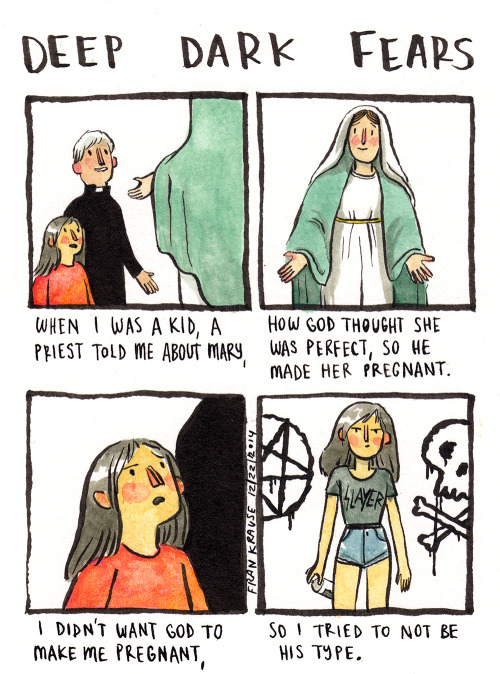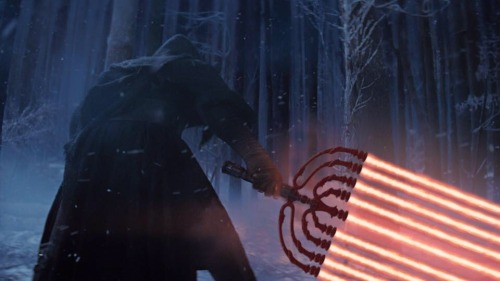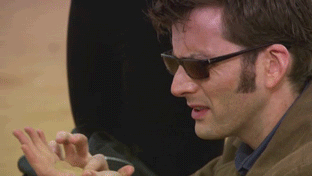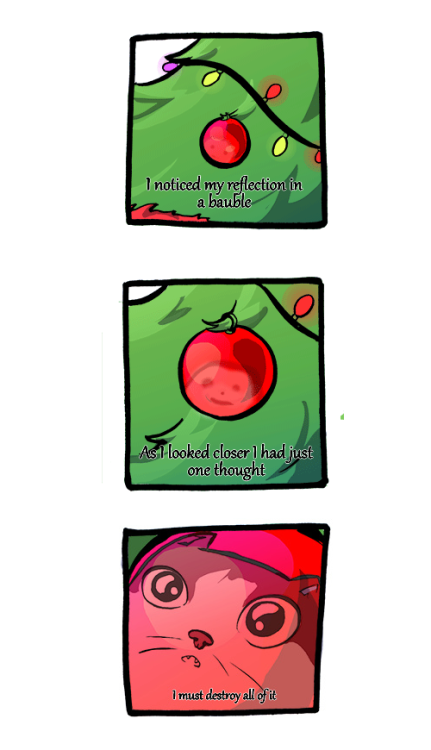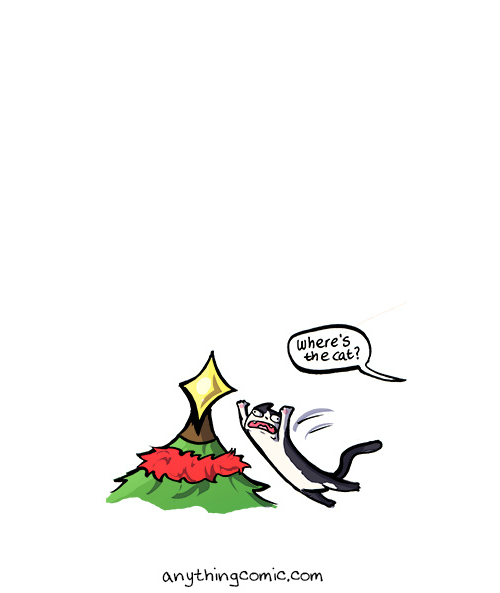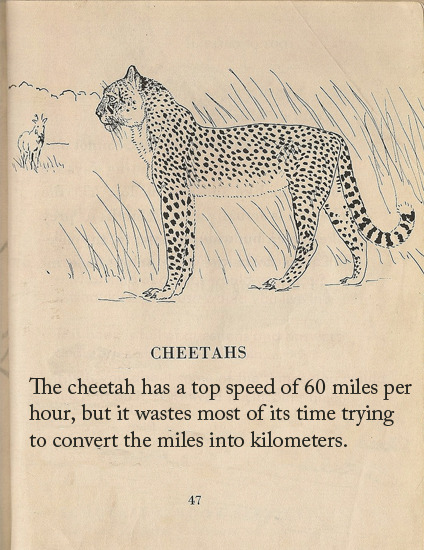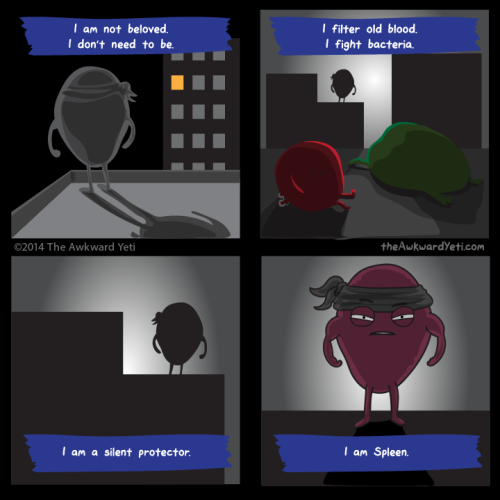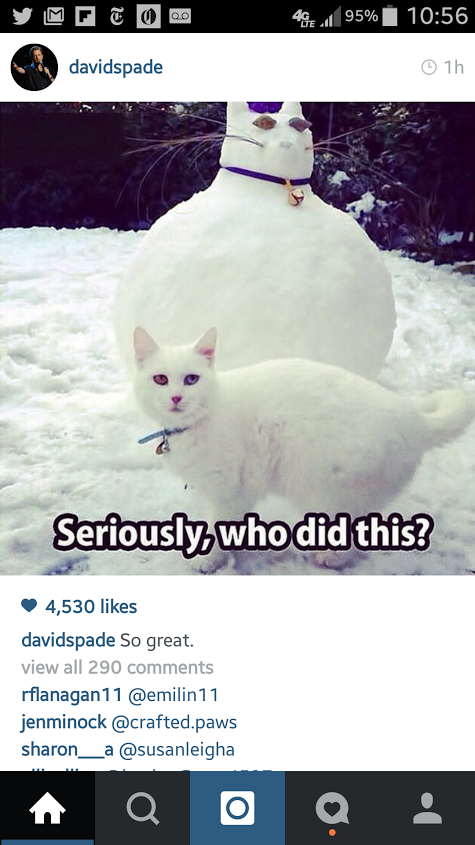This seems like a highly appropriate, cheerful, and punny photo with which to end the year: a mosaic of wildlife around a Cascade spring to create a setting for a water fountain, in the lower entryway of Timberline Lodge. It doesn't hurt that everything here is made of geological materials. There's the raw andesite/dacite blocks in the walls, fired clay in the tiles of the floor and mosaic, glass in the enamel of the mosaic tiles, with various metallic salts for pigment, and copper and zinc alloyed to make the brass of the drinking fountain fixture itself. (It's possible this is bronze; I've never really been confident in telling the two apart. If that is the case, it's an alloy of copper and tin.) And, of course, once tonight's festivities have concluded, what's the next major annual event we're all looking forward to? Why, spring, of course!
Update, 1:30 PM, 12/31/14: The animals, clockwise from upper left, are deer, bear, wild turkey, dragonfly, salmon, and skunk. The plants, in same order, are maybe huckleberry, but not sure, rhododendron, Douglas fir (probably), trillium, and skunk cabbage.
Happy New Year, all! See you on the flip side.
Photo unmodified. October 10, 2012. FlashEarth Location (approximate).
Miscellaneous thoughts on politics, people, math, science and other cool (if sometimes frustrating) stuff from somewhere near my favorite coffee shop.
Wednesday, December 31, 2014
Tuesday, December 30, 2014
Geo 730: December 30, Day 729: Seen Lurking in Timberline Lodge
This reclining cougar panel can be found over one of the doors in Timberline Lodge. There's a similar panel of coyotes that I photographed a couple times, but they're too blurry to include in the Geo series. I love the craftwork up here; it's rough-hewn, but so evocative of this landscape. Speaking of which, how is this geology? Only two or three centuries ago, wild lands such as this were a source of fear, or at least unease, avoided by anyone who could, aside from the most intrepid explorers. It's only been in the last couple centuries that western civilization has come to romanticize and seek out alpine areas, deep forests, or "barren" deserts. When this lodge was started in the 1930s, that shift was well underway, and people were excited to get away from the hubbub of city living, and up into the clear mountain air. Later, in the 1950s and 60s, when alpine skiing became popular in the US, this lodge became one of the first skiing meccas in Oregon.
In short, if it wasn't for the geology here, this lodge would never have existed.
Photo unmodified. October 10, 2012. FlashEarth Location (approximate).
In short, if it wasn't for the geology here, this lodge would never have existed.
Photo unmodified. October 10, 2012. FlashEarth Location (approximate).
Monday, December 29, 2014
Geo 730: December 29, Day 728: Another Chimney
This is the chimney over the great hearth in the main guest lounge of Timberline lodge, the upper continuation from this photo. Most of the materials used in the construction of the lodge were, at the very least, shaped on site, and many, including most of the timber and stone were harvested nearby. In particular, I'm admiring the wrought iron wind vane above the chimney opening. You can see that, on this afternoon, the wind was coming from the southeast.
Keep in mind the purpose of the CCC and WPA projects was not to create wonderful historical artifacts such as Timberline, though it did have that outcome. The purpose was to provide meaningful employment for a generation of people, men, mostly, to help support themselves and their families during the Great Depression, but perhaps more importantly, marketable skills that the workers could use to stay employed in the future when the economy improved.
Photo unmodified. October 10, 2012. FlashEarth Location.
Keep in mind the purpose of the CCC and WPA projects was not to create wonderful historical artifacts such as Timberline, though it did have that outcome. The purpose was to provide meaningful employment for a generation of people, men, mostly, to help support themselves and their families during the Great Depression, but perhaps more importantly, marketable skills that the workers could use to stay employed in the future when the economy improved.
Photo unmodified. October 10, 2012. FlashEarth Location.
Sunday, December 28, 2014
Geo 730: December 28, Day 727: Timberline Chimney
Oh, wait... I've already used that title. Yes, but this is the outdoor view of the chimney from the dining room. This is the same native andesite/dacite as we saw inside, but there are two reasons it appears darker: first, the light is brigher, so by comparison, the stone is darker. Second, notice how it gets darker toward the top? That's almost certainly soot stains from the smoke. I'm pretty sure the fire is kept burning continuously through the winter. So for this one, at least, I'm not going to have to rationalize why I get to call this photo geologically-related.
Photo unmodified. October 10, 2012. FlashEarth location.
Photo unmodified. October 10, 2012. FlashEarth location.
Sunday Funnies: Complimentary Insults Edition
Basic Instructions
SMBC
Sober in a Nightclub
Senor Gif
Tastefully Offensive
Ubertool Comic
Tastefully Offensive
"This may be the greatest manger scene ever, ever." Mock, Paper, Scissors
Funny to Me
Mark Stivers
Sober in a Nightclub
What Would Jack Do?
Surviving the World
Derpy Cats
Fran Krause
"You HAD to get a breeding pair." Noise to Signal
Tree Lobsters
What Should We Call Grad School?
SMBC
Paolo Rivera, via Electronic Cerebrectomy
Wil Wheaton (I think he's Jewsith.)
"When you don't expect your mineral to be halite" Geology is Hard (Worse is when you realize it's some kind of nitrate.)
Anything Comic
Tastefully Offensive
Tastefully Offensive
Senor Gif
Sofa Pizza
Cyanide and Happiness
Sober in a Nightclub
So, yeah, watch out for that. Sober in a Nightclub
Jim Benton
What Would Jack Do?
Fake Science
"Not Quite Sure What They're Planning, But Keep an Eye On Them" Senor Gif
Sober in a Nightclub
The Oatmeal
Via Miles Reed
Very Demotivational
The Awkward Yeti
Bizarro
Also Bizarro
Bird and Moon
Jim Benton
Amazing Superpowers
Tastefully Offensive
Cheezburger
Wrong Hands
Jim Benton
Noise to Signal
Spud Comics
Savage Chickens
What Would Jack Do?
Tastefully Offensive
Blackadder
SMBC
Sober in a Nightclub
Senor Gif
Tastefully Offensive
Ubertool Comic
Tastefully Offensive
"This may be the greatest manger scene ever, ever." Mock, Paper, Scissors
Funny to Me
Mark Stivers
Sober in a Nightclub
What Would Jack Do?
Surviving the World
Derpy Cats
Fran Krause
"You HAD to get a breeding pair." Noise to Signal
Tree Lobsters
What Should We Call Grad School?
SMBC
Paolo Rivera, via Electronic Cerebrectomy
Wil Wheaton (I think he's Jewsith.)
"When you don't expect your mineral to be halite" Geology is Hard (Worse is when you realize it's some kind of nitrate.)
Anything Comic
Tastefully Offensive
Tastefully Offensive
Senor Gif
Sofa Pizza
Cyanide and Happiness
Sober in a Nightclub
So, yeah, watch out for that. Sober in a Nightclub
Jim Benton
What Would Jack Do?
Fake Science
"Not Quite Sure What They're Planning, But Keep an Eye On Them" Senor Gif
Sober in a Nightclub
The Oatmeal
Via Miles Reed
Very Demotivational
The Awkward Yeti
Bizarro
Also Bizarro
Jim Benton
Amazing Superpowers
Tastefully Offensive
Cheezburger
Wrong Hands
Jim Benton
Noise to Signal
Spud Comics
Savage Chickens
What Would Jack Do?
Tastefully Offensive
Blackadder

















